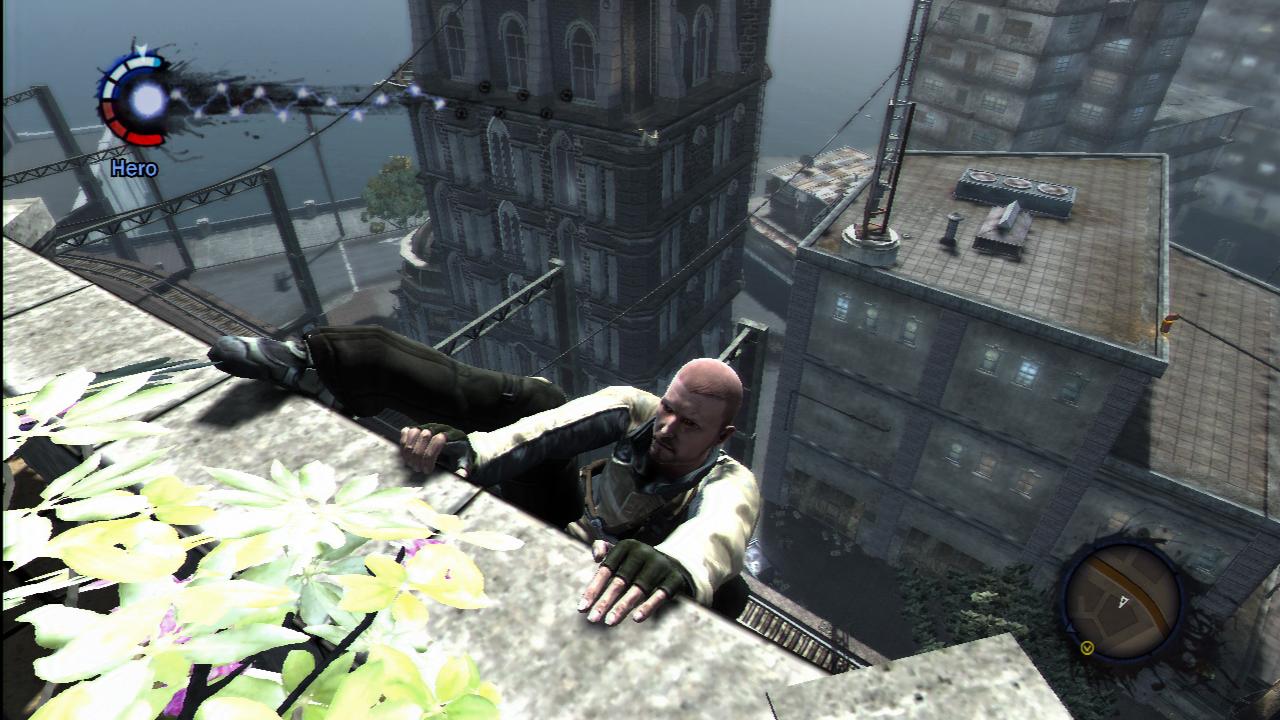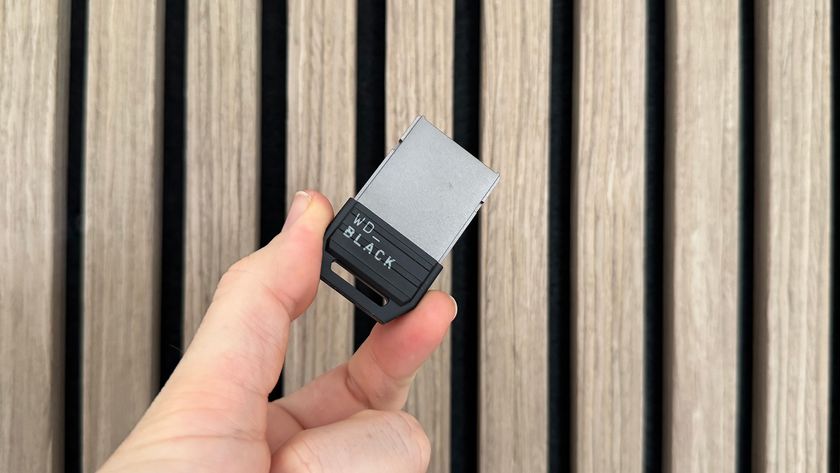Why you can trust 12DOVE
It also doesn’t help that Cole’s “parkour” ability is limited to leaping between handholds and climbing narrow objects, or that the controls for this are kind of clumsy. InFamous has a well-intentioned automatic lock-on feature that, at its best, makes platforming a relative breeze by keeping you from accidentally missing a jump or walking off a ledge. It’s great when it enables you to do stuff like leap effortlessly from the roof of a skyscraper to a grindable power line, but it just as often leads to Cole getting accidentally stuck on narrow ledges (which can be fatal in a firefight) or gravitating toward walls or poles that just happen to be closer than whatever you’re actually trying to jump to.
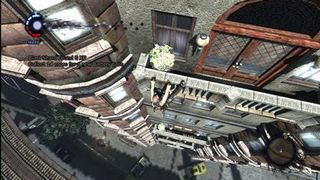
Above: Man, look at all that jumping Cole had to do
If we hadn’t already played Assassin’s Creed, The Incredible Hulk: Ultimate Destruction or any of the Spider-Man games, we might be amazed by inFamous’s superpower-enhanced exploration. But we have. So we’re not.
On top of that, the constant threat of marauding gang members shooting at you means you’ll have to stick to the rooftops out of necessity, because walking around on the ground usually means getting perforated by snipers. On the other hand, being in constant danger gives you an excellent reason to take on side missions, which in turn “free” chunks of the city and (in theory) make them off-limits to enemies.
By “in theory,” we actually mean “don’t.” Encounters with enemies will definitely be sparser in those neighborhoods, but they’ll still show up, even if you’ve liberated 100 percent of a given island. Maybe that’s not such a bad thing - Crackdown got kind of boring once you’d squashed all the gangs, after all - but it’s weird that the game explicitly promises no enemies and then continues to pump them out anyway.

Above: These guys stick around no matter what
Issues with exploration aside (although they’re pretty big issues), inFamous still has a lot of cool stuff to offer, most of it in the form of its 40 story missions. These involve anything from the aforementioned sewer-diving, to defending a prison from a protracted siege, to hunting Predator drones and giant, shielded hot-air balloons. And then there are the boss fights, which are elaborate, memorable and fun, although the game really could have used more than three of them.
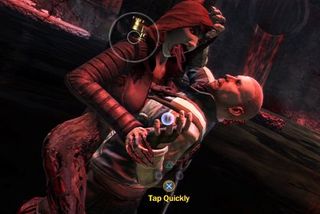
Above: MOAR PLZ
The story is padded out with a slew of short, neighborhood-clearing side missions, which range from awesome (following psychic echoes to find murderers, blowing up armored buses) to tedious (following couriers without being seen, clearing surveillance devices from building exteriors, escorting prisoners for the cops). The tedium tends to outweigh the awesome, but the missions are short enough that you probably won’t notice until around the third or fourth time you’re asked to do a variation on the same busywork task.
The story that supports the action is pretty compelling, too, and hides a few genuinely surprising twists. It’s worth noting that your good/evil decisions don’t have any real bearing on its direction, though; the cutscenes play out a little differently depending on your alignment and choices, but the end result is usually the same. You can also glean a little more narrative through “Dead Drops,” one of the game’s two types of hidden collectibles (the other being “blast shards” that can extend your power meter). These are short recorded messages left by John, a federal agent who’s infiltrated the First Sons, and they gradually reveal the events leading up to the cataclysmic blast that plunged Empire City into ruin.
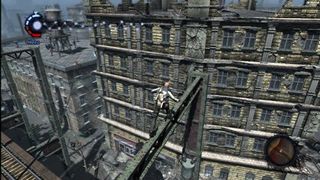
Additionally, you’ll get to watch dueling newscasts, which will air when you’re near TVs at certain times. One’s from a pirate broadcaster, who thinks you’re a terrorist and credits your achievements to “a group of concerned citizens.” The other’s from a smarmy mainstream news anchor, who dismisses your existence and openly praises the government for your acts of heroism. Both are equally infuriating, and both are apparently meant to illustrate how quickly misinformation can spread in a crisis.
Is it better than...?

Spider-Man: Web of Shadows
Yes and no. InFamous is better made, more coherent and less silly than Web of Shadows and its weirdly inappropriate good/evil choices, but swinging past Manhattan’s skyscrapers as Spidey is a thrill that has yet to be topped. Grinding on rails and gliding, while fun, don't even come close to delivering the same feeling of freedom.

Crackdown
Comparing these two is probably asking for trouble, but it’s inevitable nonetheless. InFamous is structured similarly to Crackdown, and the two seem tailored for each console’s perceived audience: Crackdown is all shooting, driving and almost no story, while inFamous piles on the narrative and substitutes magic superpowers for weaponry. Ultimately, Pacific City is a little more fun to explore than the ruins of Empire (especially if you’re driving), but inFamous’s diverse powers, karma system and story make it a more rewarding experience.
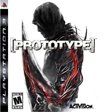
Prototype
It’s normally not our policy to compare a game that’s been reviewed to a game that hasn’t, even when the latter is just weeks away from release. However, the few hours we’ve spent playing Prototype have already been considerably more enjoyable than huge swaths of inFamous. To be fair, the two are different beasts – Prototype is balls-out chaotic and amoral, while inFamous takes a more thoughtful,deliberate approach to being a hero – but sprinting up walls and devouring civilians in Manhattan is a lot more fun than hopping around on rooftops in Empire City. Having the option to use vehicles and guns certainly doesn’t hurt, either. Our advice? If you can only afford one, save your money.
Just for you, Metacritic!
InFamous shows huge potential, but it’s ultimately held back from greatness by too-sticky controls and its surprisingly bland ruin of a city. It’s still fun, but there’s a lot of room for improvement in the strongly hinted-at sequel.
May 22, 2009
More info
| Genre | Action |
| Description | InFamous shows huge potential, but it’s ultimately held back from greatness by too-sticky controls and its surprisingly bland ruin of a city. It’s still fun, but there’s a lot of room for improvement in the strongly hinted-at sequel. |
| Platform | "PS3" |
| US censor rating | "Teen" |
| UK censor rating | "Rating Pending" |
| Release date | 1 January 1970 (US), 1 January 1970 (UK) |
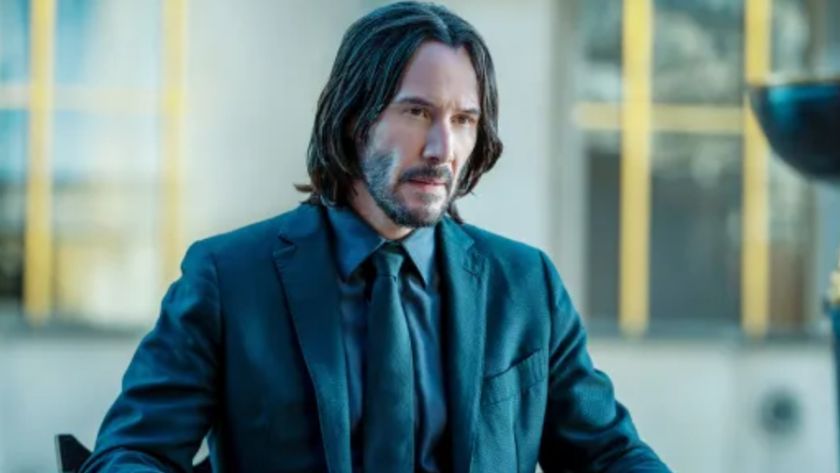
Keanu Reeves is returning for John Wick 5 as the franchise expands with an anime prequel series and a Caine spin-off movie
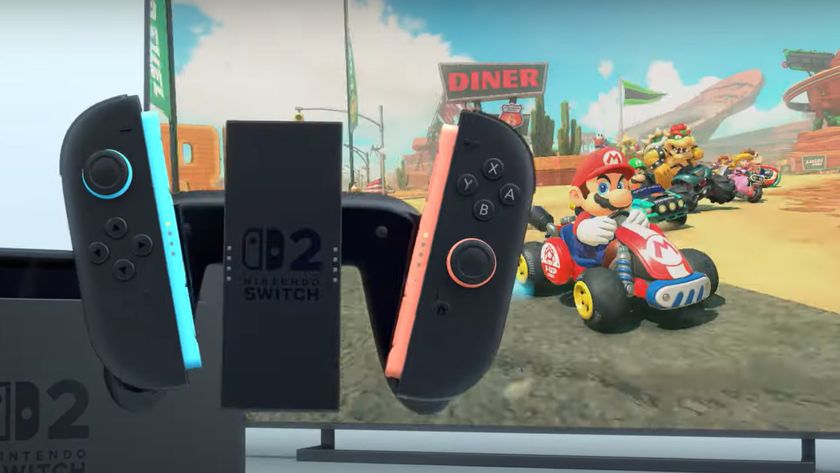
Ex Nintendo PR managers say the Switch 2 generation is likely to see the retirement of "several of the major developers at Nintendo who we have known for 40 something years"

Helldivers 2 CEO says industry layoffs have seen "very little accountability" from executives who "let go of one third of the company because you made stupid decisions"
